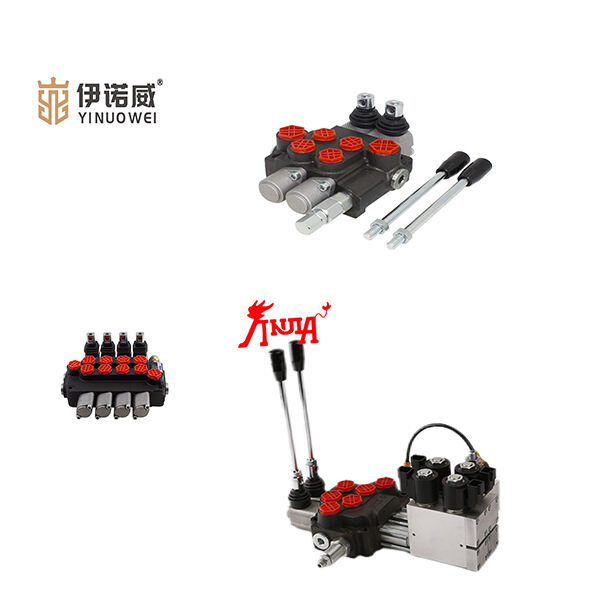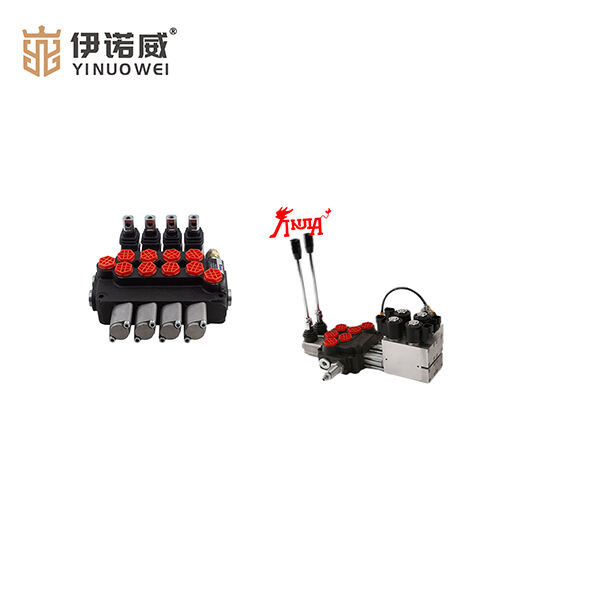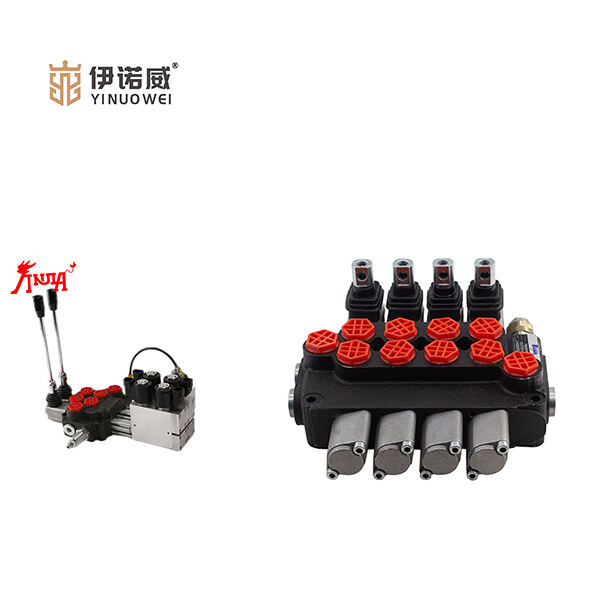Rigtingsbeheerkleppings is sleutelkomponente in hidrauliese stelsels. Hierdie kleppings beheer die vloei van vloeistowwe in 'n rigting, een kant of die ander. So gebruik ons hierdie beheer in masjiene sodat hulle korrek kan funksioneer en verskeie take kan uitvoer. rigtingsbeheerventiel is soortgelyk aan die verkeersligte vir die vloeistof; dit beveel die vloeistof om in 'n sekere rigting te beweeg. Die kleppings het gewoonlik verskeie openinge, bekend as poorte, wat aan slanse en buise gekoppel word. Wanneer die klep sy posisie verander, sal dit hidrauliese vloeistof volgens sy konfigurasie rig, sodat masjiene kan doen wat hulle moet doen.
Hierdie tipes kleppen is baie nuttig in fabrieken en industriële omgewings. Hulle is ook verantwoordelik vir die beheer van die beweging van kritieke komponente soos silinders en motors. Met ander woorde, masjiene kan fundamentele materiaalle ondersteun of druk uitvoerig beweeg iets akkuraat. A hidrauliese rigtingsbeheerklep laat 'n arm dinge doen, soos om 'n doos op te neem of iets nou die regte manier te duw. Hierdie kleppen beheer ook die spoed waarteen dinge werk en die hoeveelheid krag wat hierdie hidrauliese stelsels kan bestuur. So is dit baie belangrik omdat dit help verseker dat alles reg werk tydens die vervaardigingsproses, en dit help die regte produkte skep.

Rigtingskleppings word in verskeie tipes ontwikkel met spesifieke kenmerke wat elke tipe uniek maak. 'n Paar van die mees gebruikste is spoel-, poppet- en rotasiekleppings. Spoelkleppings is die mees algemene vorm van DCV weens hul veelsydigheid en vermoë om gelyktydig verskeie masjiene te beheer. Hulle kan hierdie kleppings gebruik om te open en te sluit en om oor te skakel na ander posisies om die stroom van vloeistowwe te beheer. Poppetkleppings is 'n heel ander verhaal — hulle is vir hoë-druk klusse bedoel. Hulle presteer uitstekend in die regulering van hidrauliese vloeistowwe waar hoë-drukbeheer vereis word. Rotasiekleppings word gebruik wanneer konstante gebruik of bedrywighede benodig word. Elke klepsoort het sy eie doel, so om enige probleme te vermy, is dit krities om die regte klep vir jou toepassing te kry.

Die keuse van 'n rigtingsklep vir jou hidrauliese stelsel behels verskeie belangrike oorwegings. Om te begin, moet jy oor die vloedry en druk wat jou stelsel benodig, nadenk. Dit sal jou help om die toepaslike klepformaat en -tipe te bepaal. Dit is dieselfde as om die regte formaat in 'n skoen te vind; as dit nie goed pas nie, sal dit nie goed werk nie. Nou is dit tyd om baie spesifiek te wees oor hoeveel porte-posisies jy nodig het gebaseer op jou taak. Verskillende klepe het verskillende funksies — jy moet seker maak dat jy die klep het wat jy probeer doen. Laastens wil jy die duurzaamheid en betroubaarheid van die klep oorweeg. In enige stelsel is 'n goeie en betroubare klep noodsaaklik vir veilige en duurzame aktiwiteit.

Rigtingskleppings is 'n belangrike komponent van hidrauliese stelsels en, helaas, kan hulle soms faal. Gewone probleme sluit in lekkedektes, verkeerde posisieë of nie beweeg wanneer nodig nie. As jy een van hierdie probleme identifiseer, moet jy eers kyk of daar blokades of skade is. Af en toe kan modder of rommel 'n probleem veroorsaak. As jy steeds nie die probleem kan identifiseer of regstel nie, kan dit loon om professionele hulp in te win of die klep heeltemal te vervang. Dit is belangrik om die stelsel regelmatig te onderhou sodat alles gladloop.